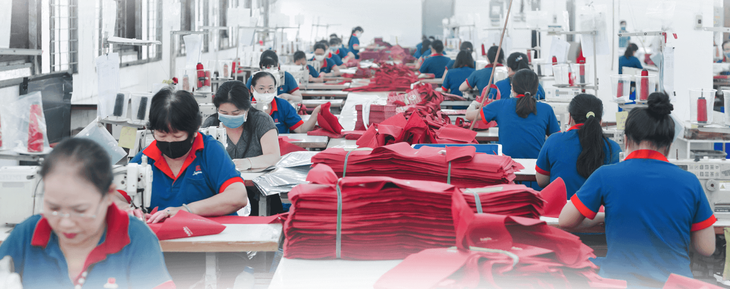
Workers working at Legamex - Photo: LGM
This is a step back for a nearly 40-year-old enterprise in the textile industry, once a symbol of a transformed state-owned model.
In August 1986, Legamex was established with the main task of producing and processing leather shoes and garments for export to the Soviet Union and some foreign markets.
After the development and equitization process, Legamex continued to maintain the outsourcing model for domestic partners, did not have enough resources to carry out production and business on an export scale and gradually lost steam during the period of market fluctuations due to the COVID-19 pandemic.
Long-term dependence on the low-cost manufacturing model has made it difficult for Legamex when the market changes. Since the end of 2022, the company has lost its main manufacturing order for fabric cabinets.
In 2023, Legamex will shift to receiving orders for fashion garments with the expectation of creating momentum for recovery.
However, the global textile market has not yet recovered, orders are coming in small drops, prices are low, production time is short, leading to low efficiency.
Most of the production machinery is over 10 years old, cannot be automated, labor productivity is low, and lacks competitiveness.
After that, although the textile industry showed signs of growth, Legamex still could not improve its internal strength. Small orders made revenue only enough to pay salaries and some benefits for workers. Direct labor continuously decreased due to low income and the company could not recruit new workers.
On the other hand, the increasing annual cost of renting state land is also a significant financial burden.
Despite efforts to reduce management and sales costs, the loss in 2024 alone still amounted to more than 33 billion VND and negative equity of nearly 79 billion VND. Total liabilities also amounted to more than 150 billion VND, including tax debts, land rents and loans to organizations and individuals.
While production is stagnant, the Lega Fashion House real estate project, one of the hopes to help improve Legamex's finances, is also suspended due to legal problems that have not been resolved for many years.
The company has committed to repay its partner, Ocean Group Corporation (OGC), its capital contribution of nearly VND39 billion to this project, but the payment depends on the ability to cooperate with a new partner in the future.
Facing difficulties in both production and investment, Legamex has no choice but to temporarily suspend processing activities to reduce losses, according to recently announced information.
According to the company's management, only when the market recovers and the company has enough resources will they consider restoring operations.
Over the past year, Legamex's shareholder structure has changed a lot. Gia Dinh Textile Joint Stock Company has divested all 25.5% of its capital. Ms. Bui Thi Thuy Chung increased her holding from 3.3% to more than 18%.
At the same time, Ha Nam Textile and Trading Company Limited received a transfer of 72.67% of shares, while four other major individual shareholders also transferred all capital; Chairman of the Board of Directors Nguyen Hoang Vu bought and owned 3.99% of charter capital.
By the end of 2024, the company will have 202 employees.
Legamex, formerly known as the Leather Shoes and Garment Export Enterprise (District 10), was established in August 1986, under the People's Committee of District 10, with the task of producing and processing leather shoes and garments for export to the Soviet Union and several other countries.
Two years later, when the scale expanded, the unit was renamed the Leather Footwear and Garment Export Company (Legamex), operating in the textile - leather - garment sector, serving both export and domestic markets.
In 2005, the company was equitized and shares were traded on UpCOM from 2019.
Source: https://tuoitre.vn/mot-doanh-nghiep-det-may-gan-40-nam-tuoi-ngung-gia-cong-chim-trong-kho-khan-20250519115104303.htm


![[Photo] T&T 1 and Ho Chi Minh City 1 People's Police Teams won the men's and women's team championships](https://vphoto.vietnam.vn/thumb/1200x675/vietnam/resource/IMAGE/2025/5/22/39db06ae67cb4001b7a556e8d9a56d07)


![[Photo] General Secretary To Lam chairs a working session with the Central Internal Affairs Commission](https://vphoto.vietnam.vn/thumb/1200x675/vietnam/resource/IMAGE/2025/5/22/3b7790f499da45b2803d8ae253207ef1)
![[Photo] Press delegation meeting to visit Truong Sa and DK1 Platform](https://vphoto.vietnam.vn/thumb/1200x675/vietnam/resource/IMAGE/2025/5/22/6b8d232877ec421a9e8187d83b9f8006)
![[Photo] Prime Minister Pham Minh Chinh chairs meeting on draft Resolution of National Assembly on International Financial Center in Vietnam](https://vphoto.vietnam.vn/thumb/1200x675/vietnam/resource/IMAGE/2025/5/22/d398664ff1a140629169ea5a24e1b4d0)



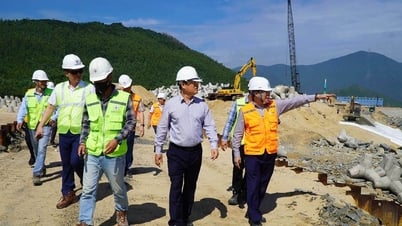

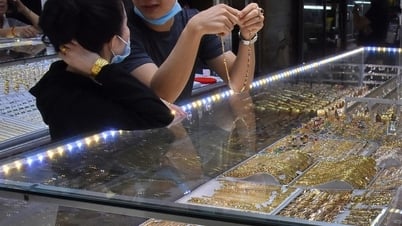

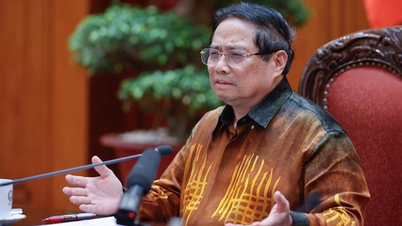








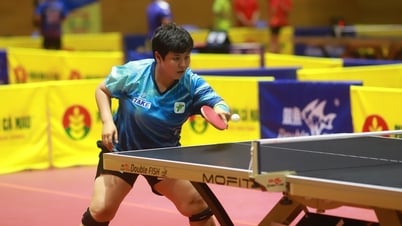

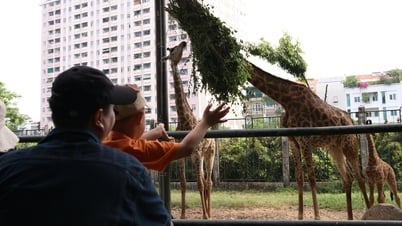

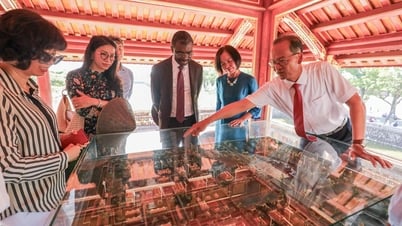











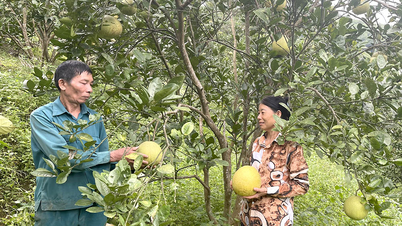


















![[Infographic] Investment project to build Tu Lien bridge and roads at both ends of the bridge](https://vphoto.vietnam.vn/thumb/402x226/vietnam/resource/IMAGE/2025/5/23/3c167ece69cb4aecb3e55de5ebc38b88)







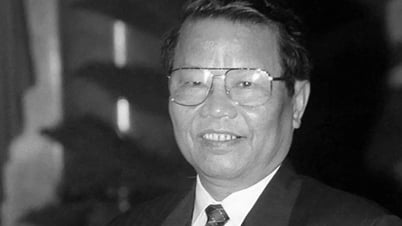





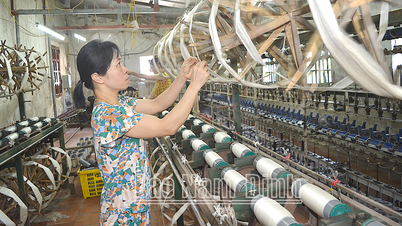





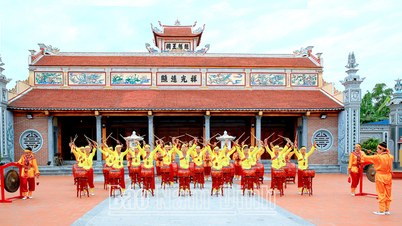




![[Podcast] Week introducing more than 500 OCOP products in Hanoi](https://vphoto.vietnam.vn/thumb/402x226/vietnam/resource/IMAGE/2025/5/22/d144aac2416744718388dbae3260e7fd)





Comment (0)